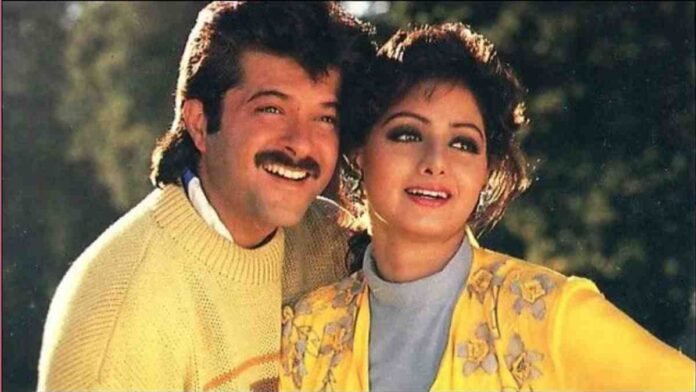Released in 1991, Lamhe is often remembered for its critical acclaim rather than its box office success. The film, starring Sridevi and Anil Kapoor, may not have been a commercial hit, but it garnered five Filmfare Awards and a National Award, solidifying its place in Indian cinema history. Interestingly, Sridevi wasn’t the first choice for the lead role—Rekha was initially considered. However, the immense popularity of the Anil Kapoor-Sridevi pairing at the time led to Sridevi’s casting.
Yash Chopra, the film’s director, was known for his distinctive approach to filmmaking. He never shied away from experimenting with unconventional ideas. One such experiment in Lamhe was the decision to have Anil Kapoor shave off his trademark moustache, a rare sight in his filmography. This bold move was part of Chopra’s unique vision for the film, showcasing his willingness to break norms to bring his ideas to life.
During the production of Lamhe, several people advised Yash Chopra to alter the film’s climax, fearing it might hinder the film’s success. However, Chopra remained steadfast in his creative decisions, choosing to keep the original ending. Unfortunately, this decision contributed to Lamhe’s underperformance at the box office, a result that deeply affected Chopra. It is said that the film’s failure led him into a mild depression, marking the first time in his illustrious career that he faced such disappointment.
Produced by Yash Chopra under the Yash Raj Films banner, Lamhe was shot in two distinct phases, capturing the vibrant locales of Rajasthan and the sophisticated charm of London. Despite its box office fate, the film received widespread critical acclaim. Sridevi, in particular, was praised for her dual role as both mother and daughter, a performance that remains one of the highlights of her career.
Yash Chopra’s initial plans for Lamhe began during the making of his earlier hit, Silsila, starring Amitabh Bachchan and Rekha. However, after the success of Chandni, Sridevi was cast in the lead role of Lamhe, making her performance one of the film’s most celebrated aspects. Although the film did not meet commercial expectations, it remains a significant part of Yash Chopra’s filmography, reflecting his commitment to storytelling and his willingness to embrace risk.



